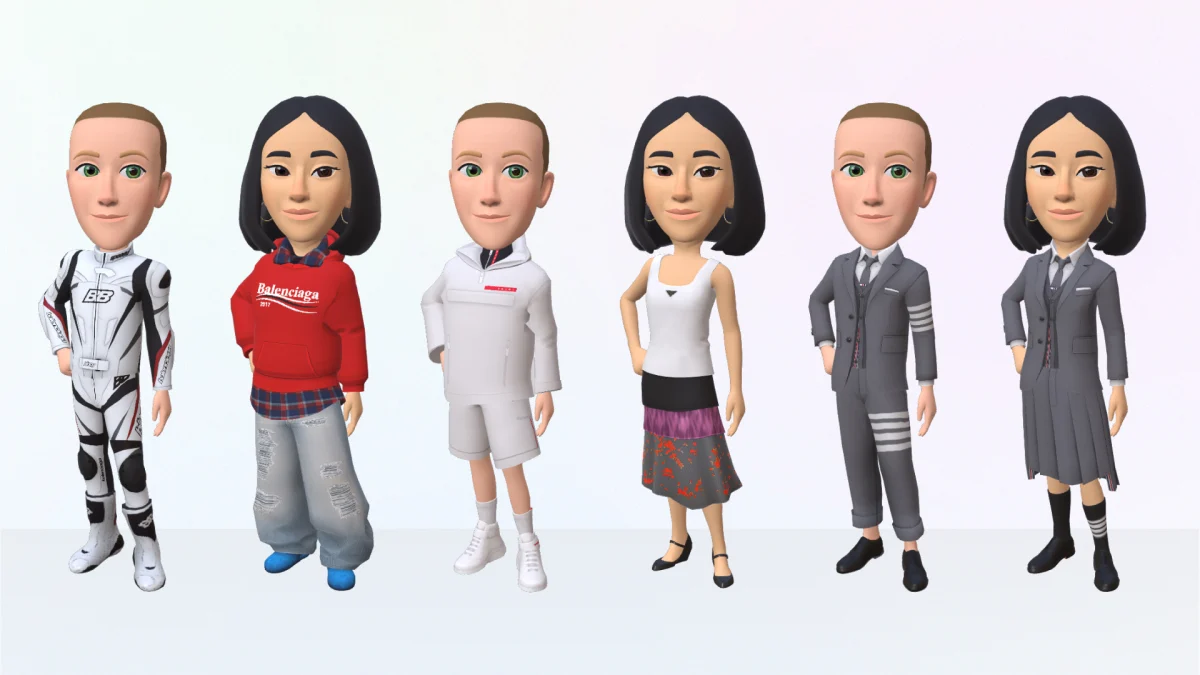The phrase “avatars as a service” describes the development and usage of virtual representations of individuals or fictional characters in various internet settings. Chatbots, artificial intelligence, machine learning, and human control can all be used to power avatars. Customer service, entertainment, education, health, and other uses for avatars are possible.
Different techniques
Different methods may be used to create 3D avatars. The first technique, known as 3D scanning, is taking a person’s face or body in three dimensions using a smartphone or other specialized device. After processing, the final scan is uploaded to the cloud so that it may be further changed and animated. This service is provided by businesses employing a portable 3D body scanner. A different technique is known as “selfie-based,” in which an avatar is made based on a selfie or photograph of a person’s face. To analyze the image and produce a 3D representation that can be altered and animated, artificial intelligence and machine learning are utilized. The third approach is known as “template-based,” and it enables users to either build an avatar from scratch or edit an existing one with different features and settings. A company that provides this service enables customers to make avatars that can digitally try on apparel and accessories. This method allows for the creation of unique, inventive, and versatile avatars. Avatars as a service make it easy and accessible for users to create their own avatars and use them across different platforms and applications. Depending on the provider and method, the process of creating an avatar can vary in complexity and duration, but the general steps remain the same.
Different Use Cases
Avatars have gained new relevance in recent years as more companies and organizations employ them for a variety of use cases. Avatars are changing different sectors of the economy and may be utilized for a variety of tasks, including customer service, entertainment, education, health, and so on. Customers may have a more interesting and personalized experience thanks to avatars. They are able to conversely aid clients with their questions and offer fixes to their issues. An avatar of a customer service agent, for instance, may assist a consumer with placing an order or guiding them through a troubleshooting procedure. Customers can be welcomed and given introductory information about a company or product using avatars.
In order to give consumers more immersive and captivating experiences, avatars can be employed in video games, movies, and virtual reality applications. Users may personalize their avatars to suit their interests, giving them the freedom to explore virtual worlds and engage in interesting and engaging interactions with other users. For instance, a user can design an avatar that resembles themselves and go on an adventure with companions in a virtual metropolis. The usage of avatars on social media platforms may make the user experience more entertaining and participatory.
The educational sector is also utilizing avatars to improve the learning process. Students may study in a more individualized and immersive way by using avatars to create more dynamic and interesting online courses. Students may practice problem-solving abilities and decision-making in a secure and controlled setting by using avatars to imitate real-life circumstances. For instance, students can practice reacting to a medical emergency by using an avatar to imitate one.
The healthcare sector is another area where avatars are used. Doctors and nurses can employ avatars to help with patient care, especially when actual interaction is impractical or impossible. Avatars may be utilized to provide patients with a rudimentary understanding of their symptoms and available treatments, direct patients through exercises and rehabilitation, and even offer emotional support. An avatar, for instance, may direct a patient through physical therapy exercises and give them performance ratings.
Utilizing avatars may make advertising for goods and services more interesting and tailored. Avatars may be altered to represent the interests and traits of certain clients, enabling companies to develop tailored marketing strategies. An avatar of a famous person, for instance, may be used to advertise a brand-new perfume, and an avatar of a model, a new line of apparel.
Challenges
In addition to the benefits, there are also challenges when using avatars as a service. The quality of avatars can vary depending on the provider and method used. Users may have different expectations and preferences regarding the quality of their avatars. Privacy is also a concern, as avatars as a service involve collecting and processing personal data from users. Security risks include data breaches, hacking, identity theft, or fraud by malicious actors who may try to access or manipulate user data or avatars. Finally, ethical questions arise regarding the implications of creating and using digital representations of people or characters, such as issues of consent, ownership, authenticity, accountability, and responsibility. Despite these challenges, avatars as a service are gaining popularity as a means of personalizing and enhancing user engagement in various online environments
In conclusion, since they may improve interaction, personalization, and engagement, avatars are growing in popularity across a range of businesses. They are employed in marketing, advertising, education, healthcare, and customer service. Future use cases for avatars are likely to be increasingly creative as long as technology keeps developing. The way we engage with technology, one another, and our surroundings might change thanks to avatars.
To discover more about the various evolving use cases in different industries, kindly reach out to us at open-innovator@quotients.com.






